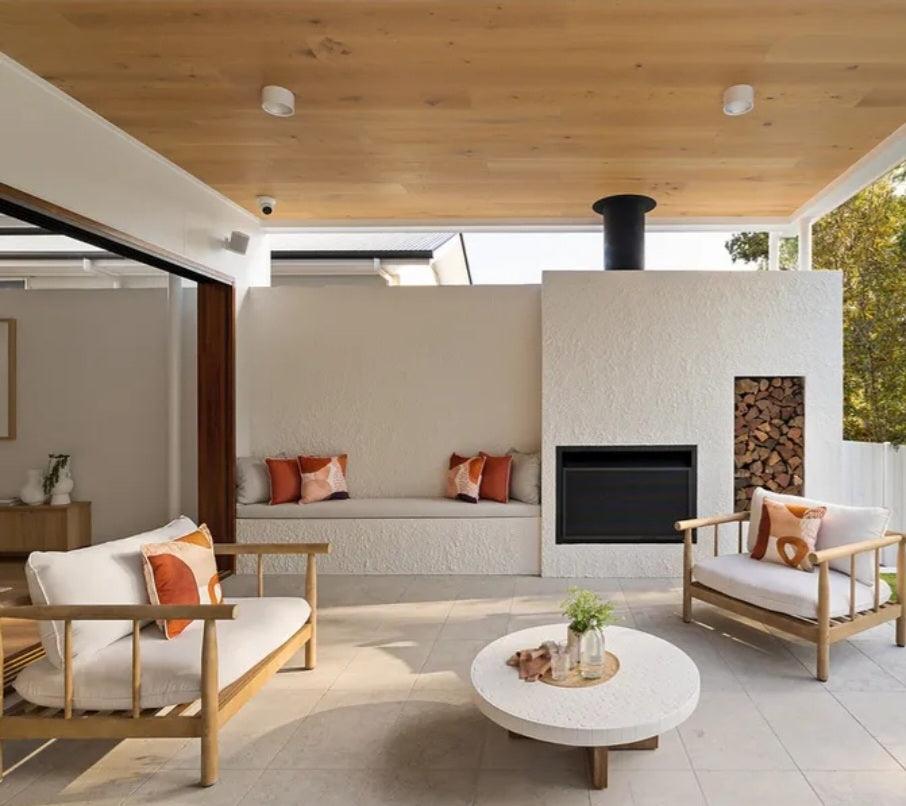Colour theory is the study of how different colours interact with one another and how they affect our emotions and moods. When it comes to decorating outdoor areas, choosing the right colour scheme can play a vital role in enhancing the mood and creating a welcoming ambiance. In this blog, we will explore the fundamentals of colour theory and how you can use it to transform your outdoor area into a space that is inviting, relaxing, and visually appealing.
Colour Theory Fundamentals
Before we dive into the specific colour schemes, let's briefly go over the basic principles of colour theory. Colours can be divided into three categories: primary, secondary, and tertiary. Primary colours are red, blue, and yellow. Secondary colours are made by mixing two primary colours together: green (blue and yellow), orange (red and yellow), and purple (red and blue). Tertiary colours are created by mixing a primary and secondary colour together.
Colour schemes are combinations of colours that work well together. There are several colour schemes to choose from, including:
- Monochromatic - This scheme uses different shades of the same colour. For example, if you choose blue as your primary colour, you could use light blue, navy blue, and royal blue as accent colours.
- Analogous - This scheme uses colours that are adjacent to each other on the colour wheel. For example, green, blue, and purple.
- Complementary - This scheme uses colours that are opposite each other on the colour wheel. For example, blue and orange or yellow and purple.
- Triadic - This scheme uses three colours that are equidistant from each other on the colour wheel. For example, red, yellow, and blue.
Now that we have gone over the basic principles of colour theory, let's dive into how you can use it to enhance the mood of your outdoor area.
Creating a Welcoming Ambiance
The colours you choose can significantly impact the mood and atmosphere of your outdoor area. For example, warm colours like red, orange, and yellow can create a welcoming and inviting atmosphere. These colours are often associated with happiness, warmth, and comfort. To create a warm and inviting ambiance, consider using these colours as your primary colour or accent colours.
If you prefer a more calming and relaxing atmosphere, cool colours like blue, green, and purple are an excellent choice. These colours are often associated with nature and tranquility. To create a relaxing ambiance, consider using cool colours as your primary colour or accent colours.
Using Colour to Highlight Features
Another way to enhance the mood of your outdoor area is to use colour to highlight specific features. For example, if you have a beautiful garden, consider using complementary colours like green and red to draw attention to it. Alternatively, if you have a beautiful patio or deck, you can use monochromatic colours to create a cohesive and visually appealing design.
Incorporating Textures and Patterns
Textures and patterns can also play a significant role in creating a visually appealing outdoor area. When choosing textures and patterns, consider the colour scheme you have chosen. For example, if you have chosen a monochromatic colour scheme, consider incorporating different textures and patterns to add visual interest.
Colour theory is a powerful tool that can significantly enhance the mood and atmosphere of your outdoor area. By choosing the right colour scheme, incorporating textures and patterns, and highlighting specific features, you can create a space that is welcoming, relaxing, and visually appealing. With a little bit of creativity and some basic knowledge of colour theory, you can transform your outdoor area into a beautiful and inviting space.


Share:
New Season Launch of Salt Sun Sand's Exciting New Outdoor Art Collection
From Poolside to Garden: How to Use Outdoor Bean Bags for Different Spaces